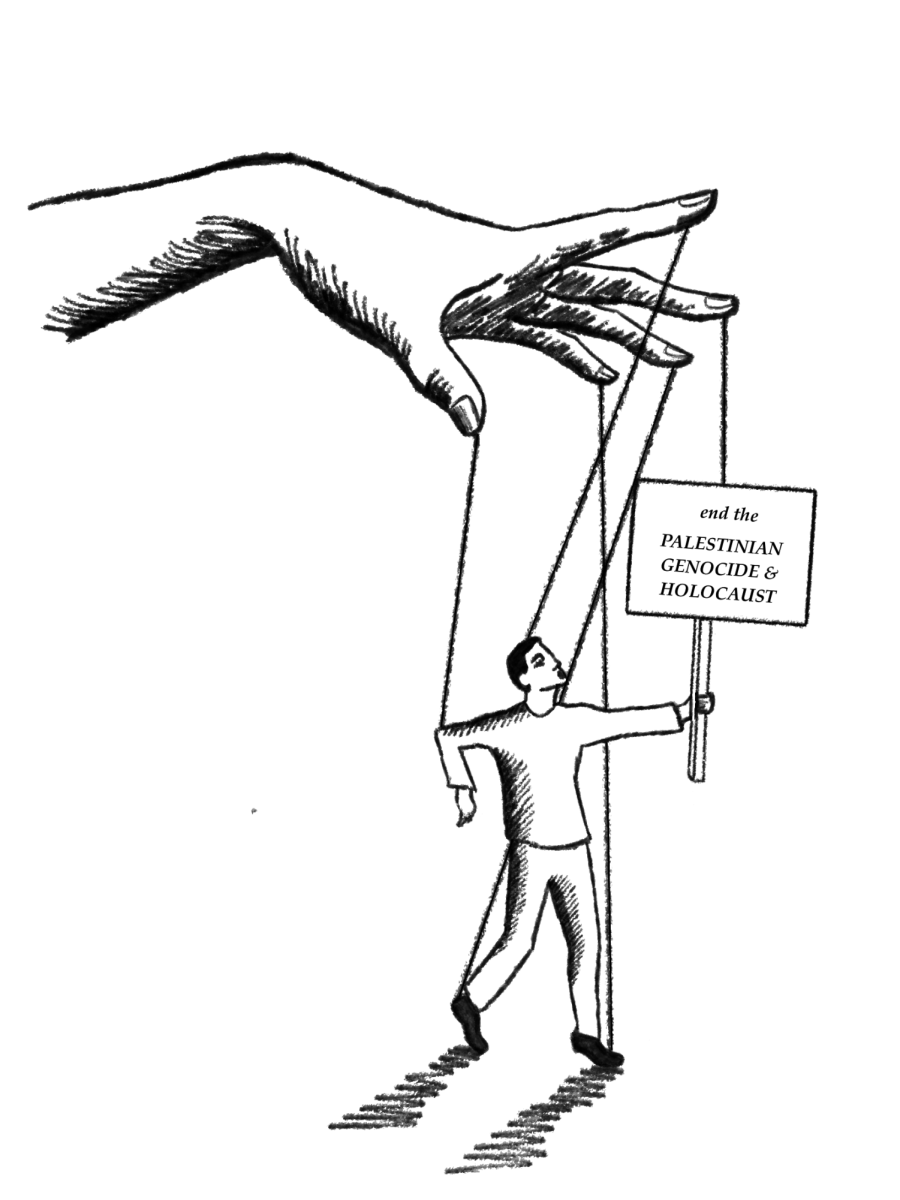Every year, high school students from around the country register for Advanced Placement (AP) tests, almost always as the culmination of a year’s work in an AP course. AP classes are designed to cover material comparable to the corresponding college course, so if a student scores well on the AP test for a certain subject, they can receive college credit for that subject.
While most AP courses are centered around preparing students for their respective tests, many teachers at Palo Alto High School do not structure their AP classes in that manner.
In an ideal AP class, every assignment would be connected to material that would appear on the AP test in May.
Every year, the College Board creates new AP tests for each subject, which are then followed by suggestions as to how students should study for them. For example, many students are familiar with the SAT and ACT preparation material we use to practice for the real tests. The College Board and the ACT creates these practice tests in an attempt to prepare us for standardized tests. The same goes for AP testing: the College Board gives suggested practice for courses according to the content on the AP test.
Paly should be open to sharing the qualities that make it such a prestigious school.
In my AP French class, we use the AP Guide, a workbook comprised of everything we need to succeed on the exam. Despite these resources, some teachers design their AP classes based on requirements not related to the AP tests.
AP teachers must implement more preparatory work that is suggested by the College Board, and they must place a greater emphasis on previous AP exams. Although the content we learn in each AP class runs parallel to the content on its respective test, it is essential that we know the format of questions on the test from the beginning of the year.
In certain AP classes, test questions are pulled out straight from the College Board’s suggested study material or from previous AP tests themselves. This is helpful for students, as it gives them more practice and a feel for what the AP exam might be like.
Many argue classes become more interesting and engaging when the teachers create the curriculum, lessons, assignments and tests. I find this to be true as well.
When there is more flexibility in the classroom, students will have an easier time comprehending information. In any class that is not an AP, I would encourage teachers to design a class structure that best fits with their own standards. AP courses, however should all be taught with a stricter approach.
If teachers of AP classes were to teach their own curriculum, students might learn just as much content-wise, but they would be left woefully unprepared for the exam.
At the end of the day, students enroll in AP classes for one of two reasons: either because they want to get a good score on the AP test so they can receive college credit, or they are passionate about the given subject and want to learn more about it.
If a student desires to take a class just for the sake of learning or interest in the subject, then the option to enroll in AP courses may not be the best choice for them. This is because teaching lessons influenced by the College Board are seldom exciting, and more systematic. For students who want to ace the AP test, the best approach would be to take an AP class in which the exams, lessons and assignments all resemble the AP test.









